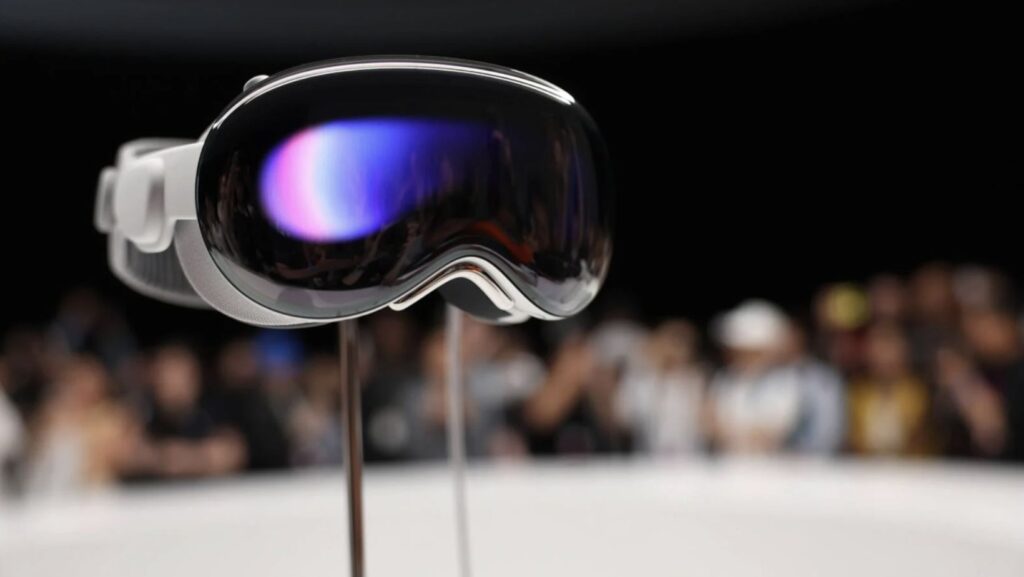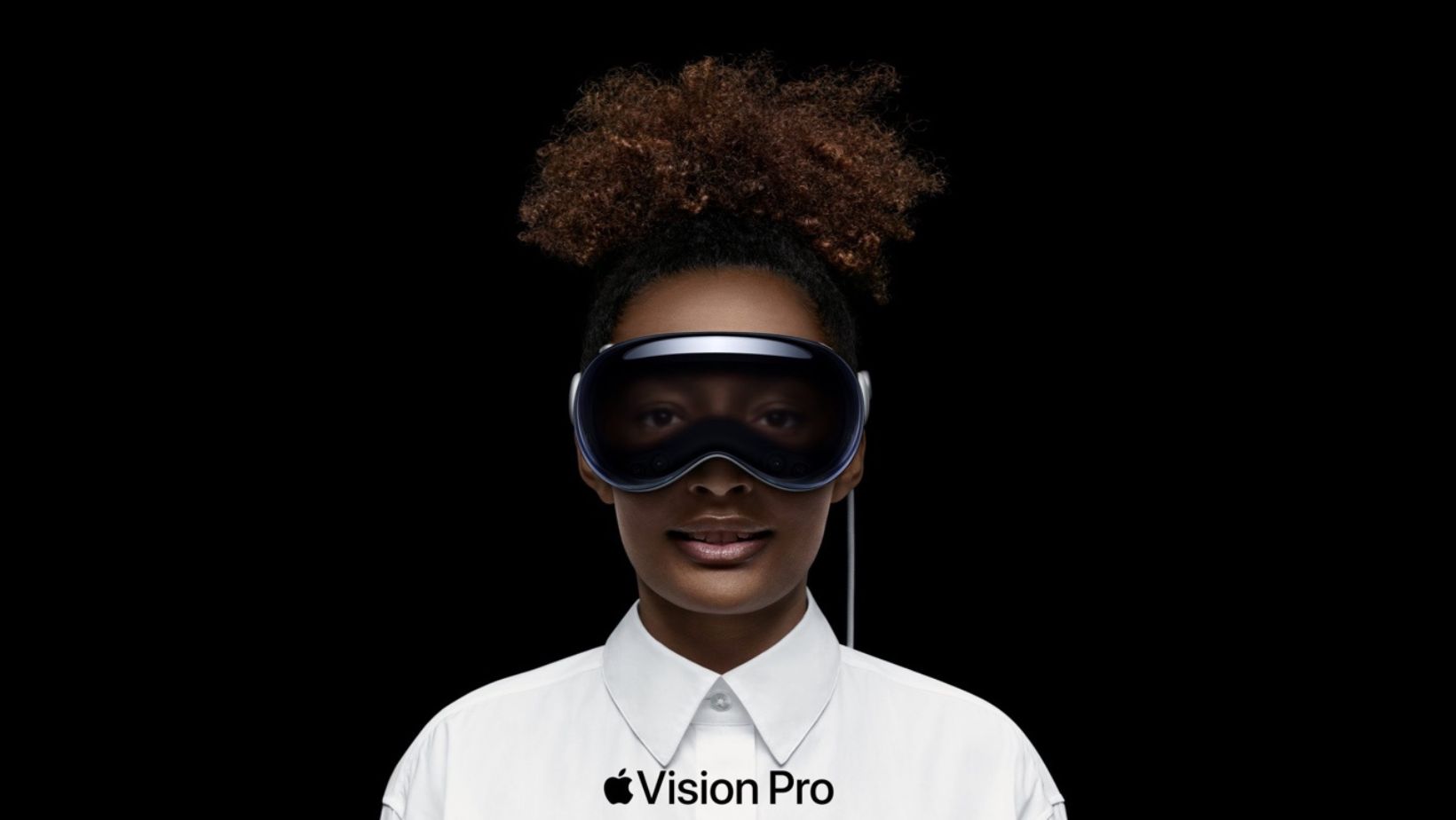Back in June 2023, Apple hosted its WWDC conference, promising, as ever, that it would be a big one. For those not in the know, WWDC (World Wide Developers Conference) is Apple’s annual showcase of what it is bringing to the market regarding software and (to an extent) hardware. Since 1987, the conference has had many iconic and game-changing moments, including those brought to us by the legendary Steve Jobs.
At the 2023 conference, Apple unveiled its Vision Pro headset. The showcase was vital because it represented Apple’s first significant piece of hardware in several years. It was supposed to knock our socks off like Jobs did in the past with the unveiling of the iPhone, iPad, and so on. To an extent, Vision Pro did wow everyone; it’s hard to argue against the fact that the mixed reality headset – spatial computing device, as Apple calls it – isn’t an impressive piece of kit.
Yet, sales have disappointed thus far. Moreover, there are concrete reports that Apple has all but halted production on the device. That is likely a temporary measure, but it’s clear that Apple needs to pull a rabbit out of the hat to make the Vision Pro a success. Now, there are many reasons why Vision Pro hasn’t taken off, not least the expensive price tag of $3K. Other issues include the weight of the device, lack of ‘killer’ apps, and reports from some players experiencing motion sickness.
Table of Contents
ToggleA Gaming Device?
However, we would argue that, overall, the problem is that Apple has failed to articulate who or what the device is for. By that, we mean, is it a device for work? Social activities? Entertainment? It feels like Apple is sitting on the fence on all those things, making it harder for most people to flog a piece of equipment that costs more than a month’s salary.
One area with potential is gaming. You can see how the Vision Pro’s augmented reality experience would elevate plenty of games. Consider playing live blackjack or poker, for instance, games that certainly feel compatible with AR/VR technology. Yet, all types of games, from RPGs to puzzle games to FPS, could have a home on the Vision Pro. Indeed, Apple is undoubtedly looking at the relative success of Meta’s Quest devices, which have been positioned primarily as gaming devices.
Now, here’s the problem. You can, of course, play games using Vision Pro, but the choice is severely limited. Moreover, it is limited in genre, with Apple mainly concentrating on puzzle and rhythm games like Soul Fire, Super Fruit Ninja, and Synth Riders. There is nothing in the way of massive, explorable open-world RPGs or strategy games that would genuinely get gamers’ pulses racing.
Apple Needs to State Its Case
Hardware is only as valuable as the applications/games that are available for it. A PS5 would be useless if not for the vibrant ecosystem built to deliver stunning AAA games and indie titles for the console. And that’s where Apple has arguably dropped the ball. There is some effort to make gaming apps for Vision Pro, but it is severely limited. Indeed, there has been little effort to partner with gaming studios to bring bold and ambitious games to Vision Pro.
Moreover, even if Apple embraces gaming, it would take time to develop that ecosystem to support it. Of course, developers do not have to reinvent the wheel to develop gaming apps for VisionOS (the device’s operating system), but it would potentially require years of development to bring an expansive AAA-level game to the device.
Still, while the promise of AR/VR gaming being the future has been constantly stated for years, the Vision Pro can lead us to that promised land. The device is imperfect, but Apple will refine and improve it in the coming years. The question is whether it can make a big bet on gaming. If it does, it might pay off in the long run.






